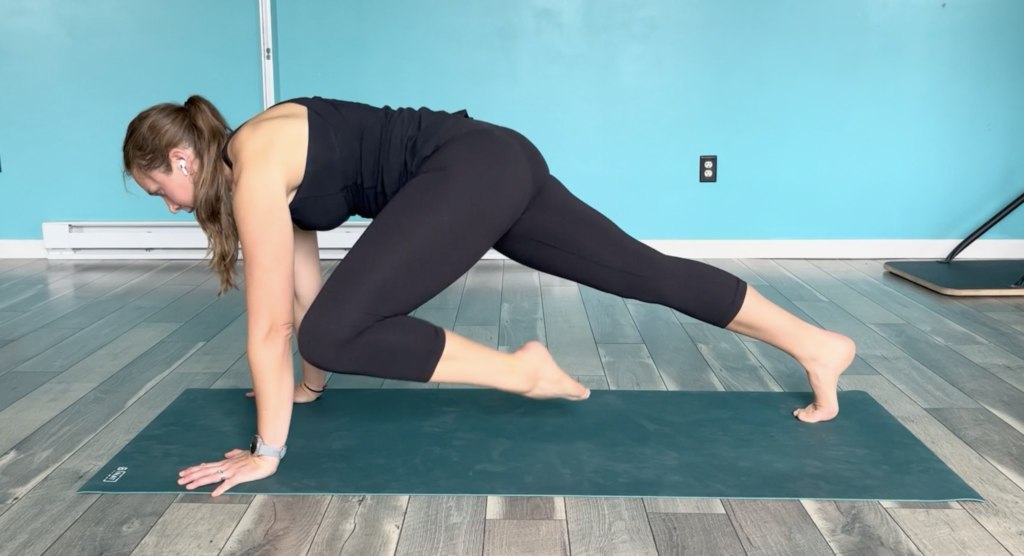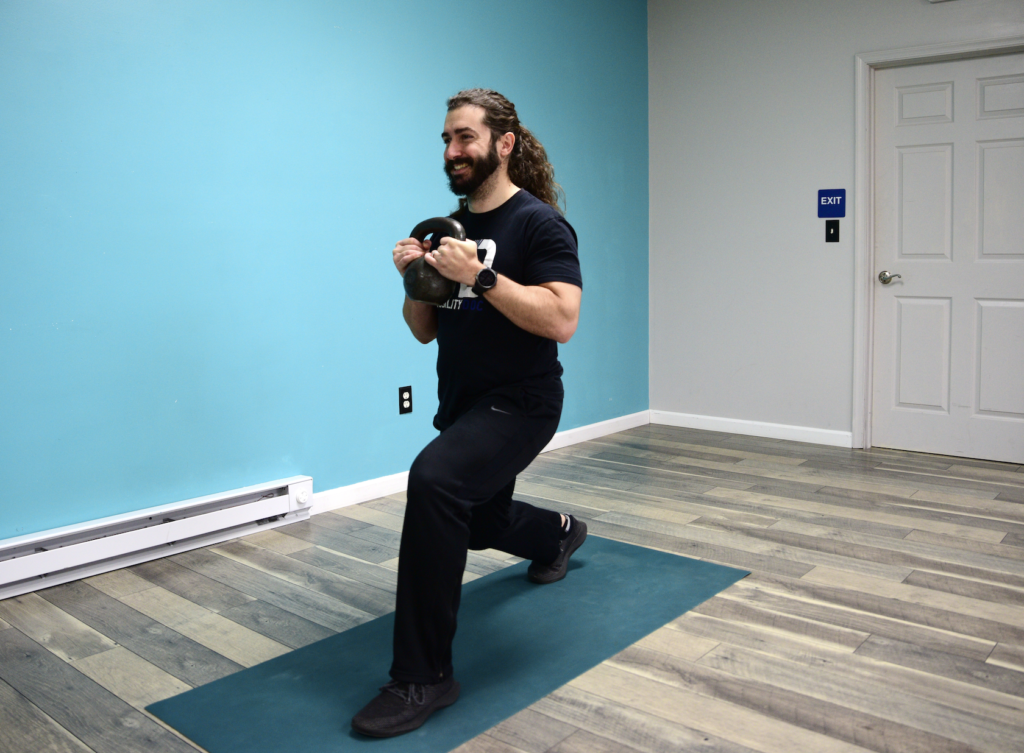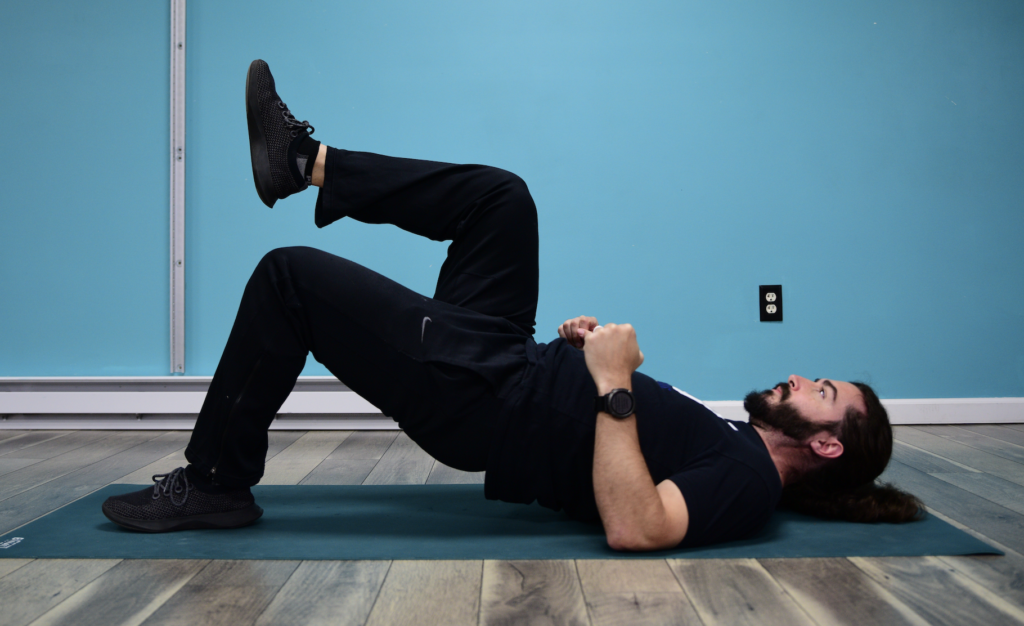One side feeling stronger than the other? That is pretty typical. Being one side dominant by writing, sports, or whatever we enjoy doing leads to unevenness. Defined by Merriam Webster as having a lack of balanced proportions, an asymmetry of the body is when one part is not equal to another. Why does it happen and is it normal? At what point do these imbalances become a problem? Join us for this 2 part series as we explore what is normal and when to take preventative measures.
What Causes Asymmetry?
How does this imbalance come to be? Anything from your age to what kind of activities you do has an impact. Many sports have a pivot foot, a throwing arm, or a take off leg that ends up taking more of the work. Even the type of surface you are on impacts your muscules. Unevenness in the ground you’re on can cause your body to adapt. If you do a lot of cycling and you’re always on a track like the velodrome, you’re constantly making tight turns in the same direction. That translates into more energy being put onto your inside foot and thus tighter stronger muscles on that side.
Injury is another culprit of causing imbalances. How many of us have had some kind of trauma to an area or joint. That trauma leads to rebuilding our strength and mobility to the area. In the process did you start feeling discomfort in the “good” arm or leg that wasn’t injured? I’d be surprised if you didn’t. That is because your uninjured side starts taking over. This typically leads to extra tightness within the area. The main takeaway is if you don’t properly rehabilitate and proactively rebuild yourself back up, you are almost guaranteed to start facing issues on your uninjured or “good” side. This cycle will continue and eventually you won’t have any “good” sides left!

Your daily routine and habits can also cause asymmetry. This can range from sitting at work to doing repeated motions. Things like constantly looking at your screen in less than desirable positions to more physical labor where you need to do the same motions over again and again. As our muscles begin to change it becomes increasingly natural to use these improper postures and positions reinforcing the imbalances.
Is It Normal?
There is no question that having asymmetries is totally normal. Some form of asymmetry isn’t a bad thing. We naturally have a dominant hand for writing, and other daily tasks. It only begins to become a problem when we let these tendencies start to overpower or have larger discrepancies.
Why Do We Want To Even Them Out?
When these imbalances become too large they need to be evened out to prevent injury. These imbalances are not only caused by strength. It can also be flexibility. Almost any way you can think of it your body can be affected. It can be from right to left, front to back, and vice versa. Often, when we use one side more than another it leads to tightness. Inflexibility can be just as dangerous as having one side that is much stronger than the other. The dominant or stronger side can and will take more of the weight of your movement. This not only leads to repetitive movement and overuse injuries. It opens the other weaker side to issues as well.

When Is It Too Much?
If you’re noticeably compensating or starting to feel pain, it’s definitely time to start evening things out. These compensations might develop over time and it’s possible you may not even realize you’re doing it. Preventatively, it is important to pay attention to how your body is moving on a daily basis. A slight stray from your normal movement patterns may eventually translate into bigger functional movement issues. So how do we get ahead of it?
Next week we are going over how to test which side is dominant, common diagnosed asymmetry conditions, and how to fix your imbalances to prevent injury.
Today’s exercise is all about reducing imbalances in your hips. Try these Asymmetrical RDL’s and pay attention how each leg feels!






